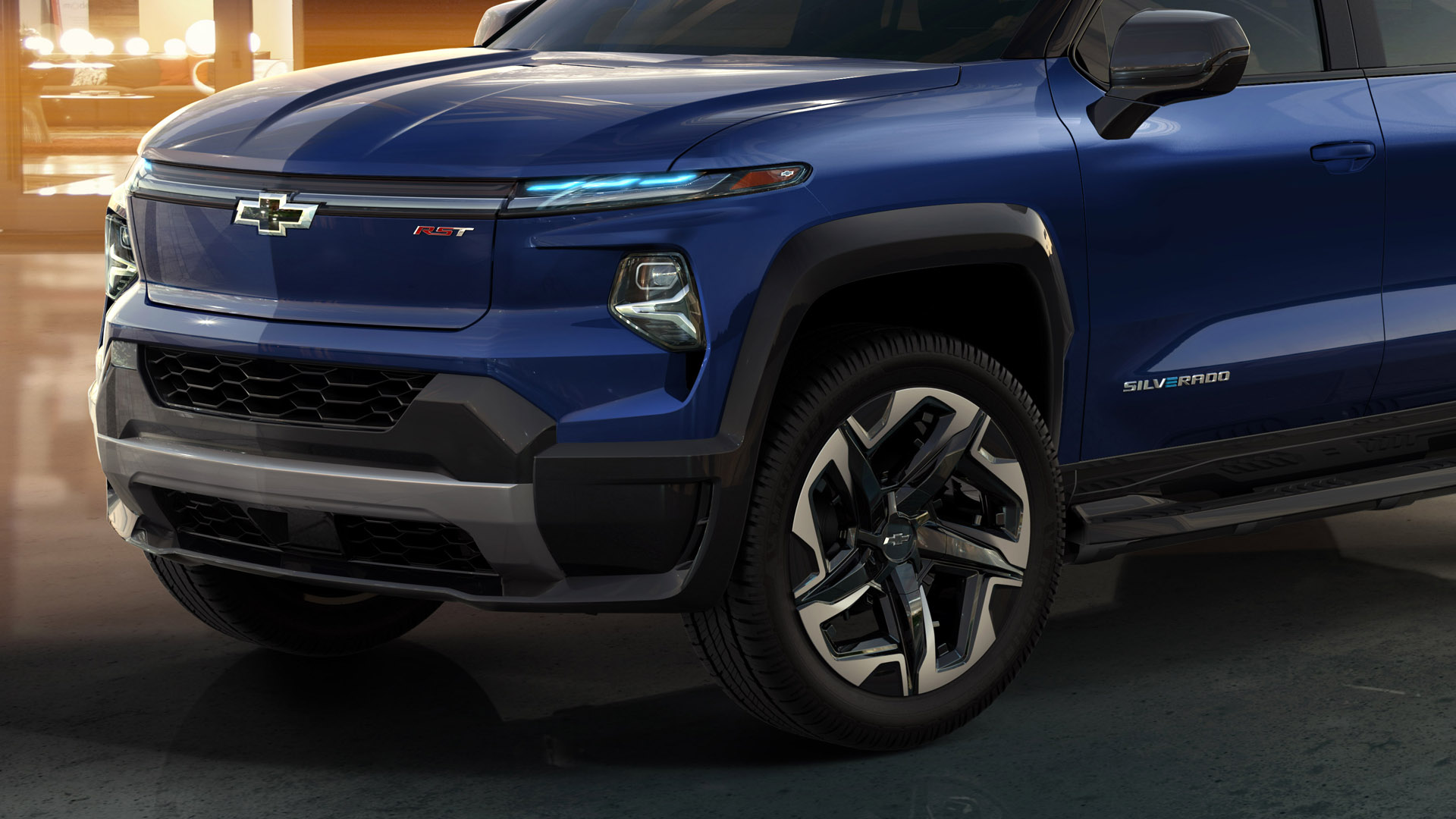

It’s been seven years since Dieselgate broke, the scandal that enveloped first the Volkswagen Group and then almost the whole automotive industry, revealing that particulate emissions from diesel engines had been disguised. It was such a big scandal because particulate pollution is a deadly air quality problem, but tailpipes aren’t the only place that cars emit particulates from. Studies show particulates from tires might be hundreds of times worse and not just in the air but in the oceans.
Because it’s Earth Day, it’s important to start by saying this problem is being worked on and new tire designs that deal with it are emerging. Imperial College showcased the first device to capture tire particulates in early 2020, Audi brought one out last year, and tire maker Continental is working on a huge project to address the problem, among loads of other initiatives.
But the reason it’s important to write about this is that it’s under-reported and extremely serious: tires are set to be a huge pollution pain point, as the extent to which they create particulate pollution gets better understood. If you’re a car person, you need to care about this because it’s likely to be the next thing that gets regulated about driving in cities and near rivers and the coast.
Most of the ways that state or federal laws have tried to limit emissions from cars have been focused on what comes out of the exhaust. From introducing catalytic converters and stripping lead from gas, to the fraudulent devices of Dieselgate being uncovered and banned, the concern has been about the consequences of combustion, not propulsion.
There are some completely fair arguments to be made that introducing a vehicle with zero tailpipe emissions but still gigantic power demands and huge overall size and weight does very little to mitigate carbon output. A relatively new one is that it doesn’t matter what the vehicle is if it’s running on contemporary tires: it’s creating a vast amount of particulate pollution. Although, yes, the bigger the vehicle the worse, which is especially bad news for all those three-ton electric SUVs.

In 2020, research group Emissions Analytics published a report saying that regulation of tailpipe emissions had effectively reduced what vehicles were putting out, but the unregulated area of tire particulates had not been dealt with and might be 1,000 times worse. As tires break down—under the rolling forces, weight, turning and braking of driving around—they shed particles of rubber and plastic compounds.
I live in London and to a U.S. audience, that might conjure some sort of quaint idea of boujee streets and squat, black taxis. In reality, it’s a very congested city with severe air quality problems. One month into 2018 the city hit the nitrous oxide pollution limit for the entire year. Measuring nitrous oxide, though, won’t show up tire particulates which would need to be monitored via air filtering. Anecdotally, although London is not a Victorian industrial smog city anymore, if you blow your nose here there’s a hefty chance the snot comes out black; nitrous oxide doesn’t have a color and there aren’t many open hearths here so that points horribly to tire particulates in the air you breathe.

The worst thing is, the more tire particulates are already around, the more vehicles driving over them stir them up. And they’re not just in the air; they’re creating a very serious problem in rivers and oceans. Marine microplastics are poisoning our seas and affecting the tiny creatures at the bottom of food chains that get eaten by larger fish and then, ultimately, maybe by us. Needless to say, eating a load of plastic isn’t great and having a lot of it in the sea also means it acts as a surface for bacteria to grow on, risking contaminating the sea even worse.
When scientists in South Carolina started finding strange black, plastic cigar shapes among the particulates in water, they thought that it was from fishing equipment. Nothing matched, though, and it wasn’t until professor John Weinstein was working nearby to a road that he realized what they were from—tire rubber. Tires could account for up to 34 percent of the microplastics in the ocean, which is a colossal share from something only just being woken up to.
Like I said at the start of the article, research is being done to make tires that don’t do this and for devices that can capture it on tires that do. It wouldn’t be too far-fetched to expect particulate filters to be the next catalytic converters, in terms of becoming obligatory in the near future.
Those particulates are small, harmful, and don’t break down. They’re real bad in the air and they’re maybe even worse in the sea. Get ready for what’s to come because it’s bound to be a lot different from how things are now.
Got a story tip? Mail it in on tips@thedrive.com